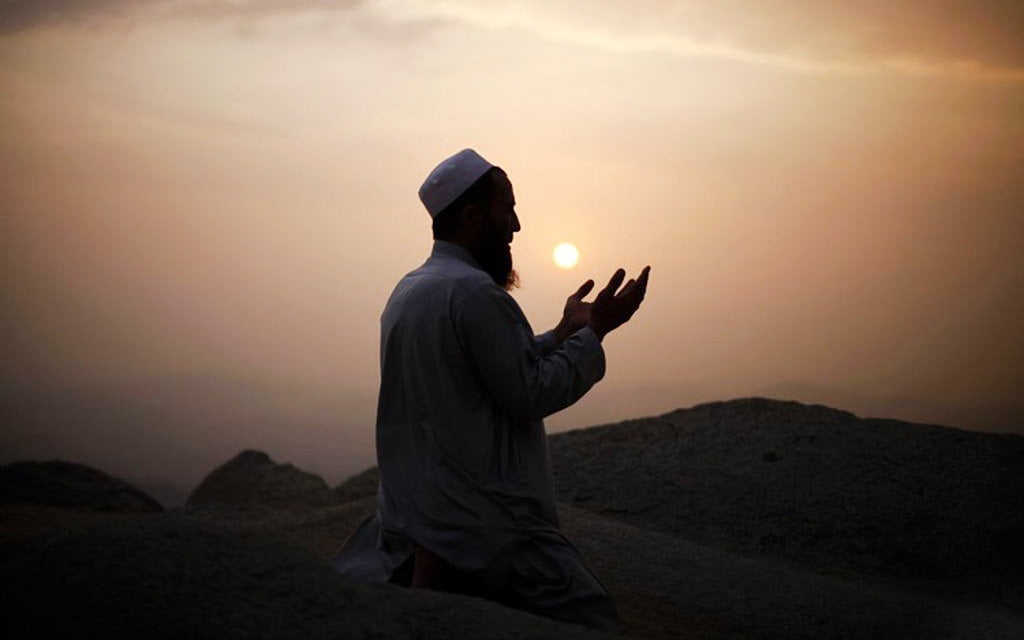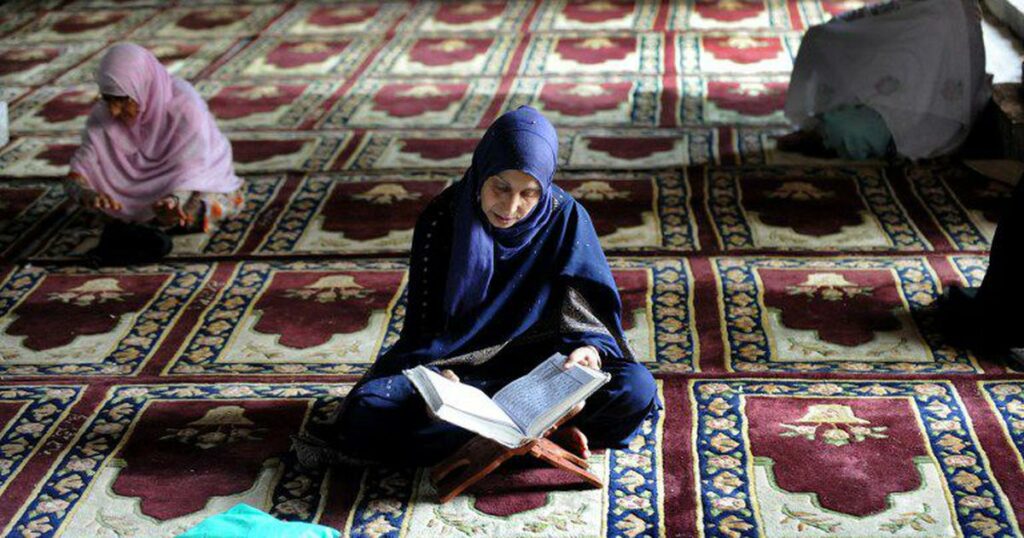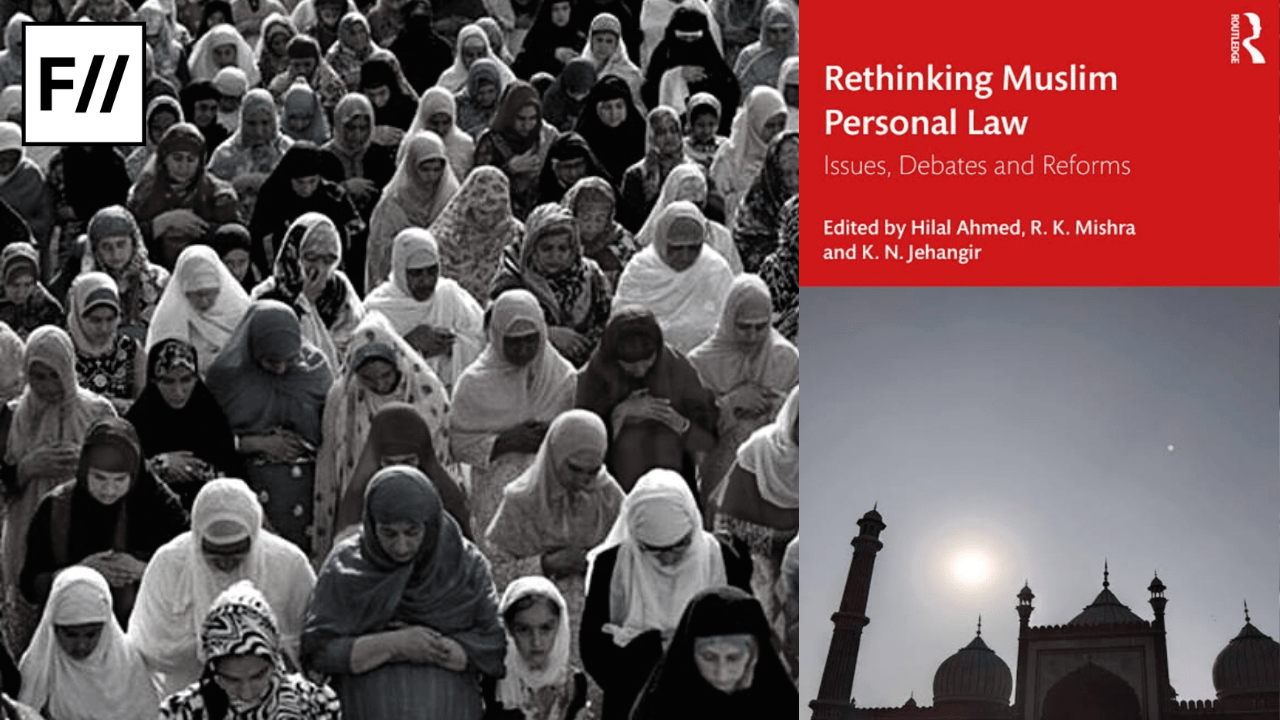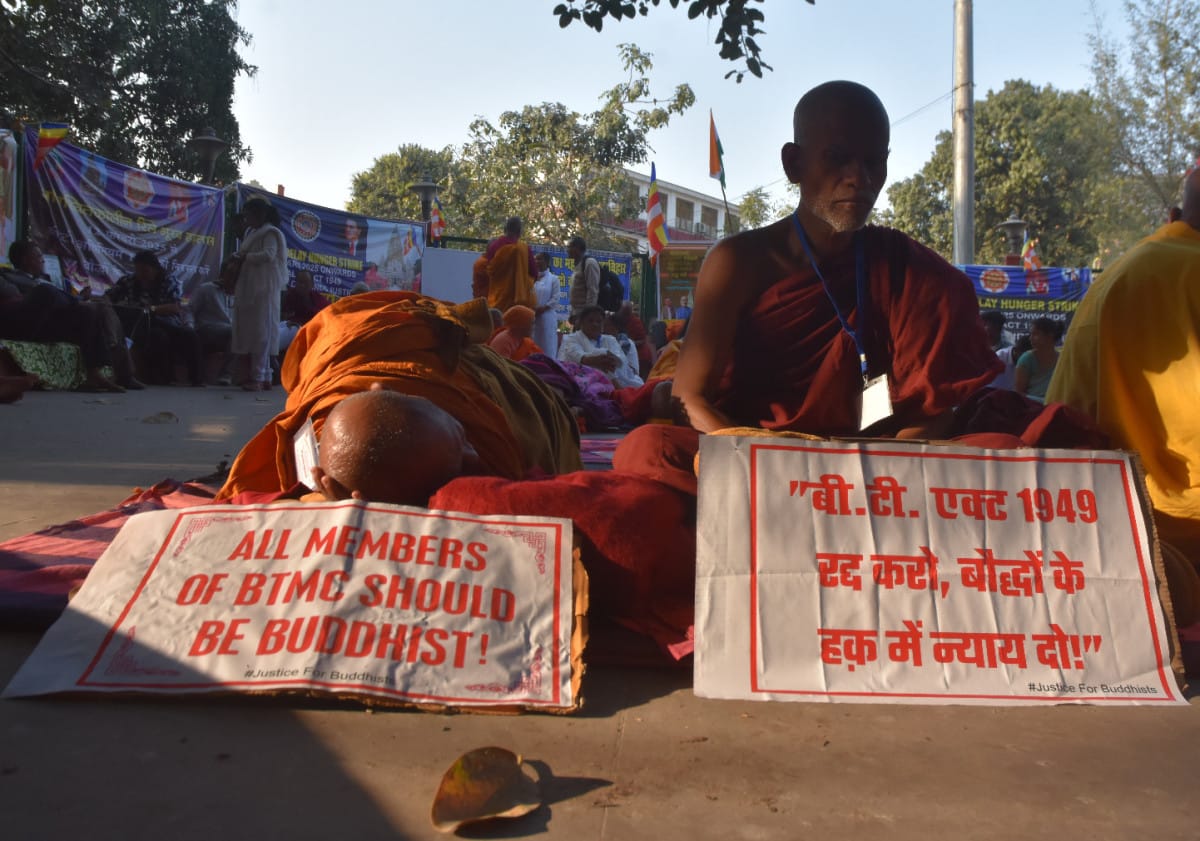The book under review, Rethinking Muslim Personal Law: Issues, Debates and Reforms, edited by Hilal Ahmed, R.K. Mishra and K.N. Jehangir, could not have arrived at a more propitious time than now, when once again the Uniform Civil Code (UCC) is in the spotlight of majoritarian politics. The issue of implementation of UCC, as envisaged in Article 44 of the Indian Constitution, is ridden with ambiguities.
By not allowing a woman to carry out her religious duties, was a direct assault of the provision guaranteed in Article 25-the right to freedom of religion. These are not the only isolated cases of women challenging their respective gender bias, androcentric personal laws in the formal courts seeking justice as equal citizens of India. In fact, there are scores of petitions on these issues in the Supreme Court awaiting its verdict on women’s rights vis-à-vis religion/personal laws.
Similarly, like all Personal Laws, Muslim Personal Law (MPL) too needs to be reassessed in the context of rapidly changing times and all pervasive technological revolution. Unfortunately, UCC in the current political disposition is propagated as a vindictive tool against Muslims with an agenda of depriving them of their socio-legal religious distinctiveness. Instead of politicising the agenda of UCC, the BJP government should, strive sincerely to weed out androcentric personal laws from other minority communities as well.

The famous civil suit of Mary Roy in 1986 wherein she directly challenged the arcane personal laws such as Travancore Syrian Christian Act 1916 and the Cochin Succession Act 1921 that limited daughters to inherit parental property is a good example of how the intervention of the Supreme Court helped Roy to claim her share in her father’s property. Similarly in the case of Dilbar Valvi, a Parsi woman who was not allowed to attend her mother’s funeral and perform the last rites for marrying a non-Parsi, she challenged such blatant discriminatory personal laws in the formal courts of India.
By not allowing a woman to carry out her religious duties, was a direct assault of the provision guaranteed in Article 25-the right to freedom of religion. These are not the only isolated cases of women challenging their respective gender bias, androcentric personal laws in the formal courts seeking justice as equal citizens of India. In fact, there are scores of petitions on these issues in the Supreme Court awaiting its verdict on women’s rights vis-à-vis religion/personal laws.
Also read: Book Review: ‘Muslim Women Speak’ By Ghazala Jamil
‘Rethinking Muslim Personal Law’ offers a wide spectrum of collection of essays from legal, social and political scholars. The introductory chapter of the book sets its tone and tenor and helps understand the Muslim Personal Law (MLP), the UCC and the diversity of the Indian Muslim community. Following the introductory chapter, the book is divided into three sections under the rubrics – History and Law (4 essays), Politics and Law (3 essays), and Gender and Law (2 essays). As is evident from the title of the book, the MPL in juxtaposition of the UCC is the common theme that runs through all the contributions.

Acknowledging the co-existence of customary laws, state laws and personal laws, M R Shamshad’s essay advocates strongly for legal pluralism and constitutional morality and argues for the interpretation and application of the provision of ‘essential practice of religion” in a non-partisan way. He further opines that successful implementation of UCC in a composite country like India with multiple axes of diversities is nothing less than a Herculean task. The state needs to tread with caution while legislating on Article 44.
Hilal Ahmed, by juxtaposing the Shariat and the Constitution of India tries to decipher the politico-legal legitimacy of the Shariat in Postcolonial India. While investigating the politics surrounding the Shariat, he raises a pertinent question that needs to be addressed sincerely by Ullema and the members of the All India Muslim Personal Law Board (AIMPLB)-why criminal cases are not adjudicated as per the Shariat laws and why only civil cases be brought under the realm of these laws even in postcolonial times.
Welner Menski and Kalindi Kokal in their contribution use the trope of a four-cornered kite, a model which is inspired by the Japanese socio-legal scholar Masaji Chiba where each corner represents different sources of socio-legal norms. They contend that law is never static, it is dynamic and it is more explicitly visible in lived experiences of Muslims. How they navigate, negotiate and circumvent various co-existing socio-legal, normative fields depends upon an individual’s ingenuity and agency. According to them, law and religion always coexist and compete-‘The kite structure thus depicts the competing manifestations of law as irrevocably interconnected so that no component could claim to be truly and fully autonomous’ .
Though the authors emphasise on the skilful manoeuvring of all the corners to be successful and work in tandem, they fail to take into account the fact that unless the socio-political environment is not conducive for other communities to practise their religions fearlessly, an unobstructed smooth flight for any ‘legal normative kite’ is not possible.

The succeeding contributions in this section by Abdul Matin and Furqan Ahmad suggest reforms in MPL. Matin categorises three kinds of people based on their responses to the concept of UCC-Some may reject it, others may accept it partially and still others may want a reformed pro-women MPL. Ahmad, on the other hand sees the inherently androcentric MPL through the prism of human rights that violates the basic rights of Muslim women under the pretext of religion.
The next section on politics of MPL delves deeply into the discourses on Muslims, their religion, and closely entwined politics in post-colonial Indian society. The role of media in generating discordant debates on the matter of triple talaq, MPL and UCC is portrayed in a nuanced manner by Nazima Parveen. What is rather unfortunate, according to Parveen, is that the arguments made by Muslim women’s organisations get stifled by the cacophony of converging and diverging views on the triple talaq bill.
Zoya Hasan and Ritu Menon in their survey for the book Unequal Citizens: A Study of Muslim Women in India, concludes that the axes of class, gender, community (religious minority) and state produce mutually reinforcing forms of deprivations for Muslim women. Furthermore, these axes, in conjunction with poverty, communal politics, all-pervasive patriarchy and personal law add to Muslim women’s perennial woes.
A significant part of Maidul Islam’s chapter concentrates on the need to reform MPL as no law is static and MPL itself is ‘a result of an evolutionary process of reforms for centuries’. He further suggests that sexist bias in Islam, owing to its medieval nature, can only be weeded out by engaging with both the progressive and the conservative groups in extensive and meaningful dialogues.
Also read: Book Review: Looking through Lila Abu-Lughod’s ‘Do Muslim Women Need Saving?’
Hilal Ahmed, by juxtaposing the Shariat and the Constitution of India tries to decipher the politico-legal legitimacy of the Shariat in Postcolonial India. While investigating the politics surrounding the Shariat, he raises a pertinent question that needs to be addressed sincerely by Ullema and the members of the All India Muslim Personal Law Board (AIMPLB)-why criminal cases are not adjudicated as per the Shariat laws and why only civil cases be brought under the realm of these laws even in postcolonial times. The answer to this question is more than obvious and this also explains why there is so strong an opposition to any gender just reforms in MPL from the Muslim community (read Muslim men). The hegemonic manoeuvrings of the Shariat laws reinforce the androcentrism of MPL.

The concluding chapters foreground Muslim women’s issues on marriage, divorce, and maintenance. Misbah Rashid talks about the activities of All-India Muslim Women Personal Law Board (AIMWPLB). However, as a reader I kept wondering why she would digress from the key theme of her essay and dedicate a considerable part of her chapter to the founder-member of AIMWPLB, Shaista Amber’s biographical sketch.
Irfan Engineer’s contribution echoes the voices of women in general and Muslim women in particular, i.e., to make gender equality the guiding principle and the prime basis for reforming personal laws of all socio-religious communities. Engineer’s generalized remark about the application of Shariat law in a selective manner should have been used with caution, especially when there is no source cited for this remark.
“From the Sultanate period onwards, Shariat law was applied only to noble Muslims. However converts from amongst the artisan castes continued to be governed by their customary practices.”
Last but not the least, few points that I would like to draw attention to are:
1) It would have added to the richness of the book had there been more ethnographically rich research papers. Rich ethnographic studies help understand the multitude of ways in which Shariat laws are understood, and manoeuvred. Unfortunately, ethnographic studies on Muslim women and Shariat laws are few and far between.
Zoya Hasan and Ritu Menon in their survey for the book Unequal Citizens: A Study of Muslim Women in India, concludes that the axes of class, gender, community (religious minority) and state produce mutually reinforcing forms of deprivations for Muslim women. Furthermore, these axes, in conjunction with poverty, communal politics, all-pervasive patriarchy and personal law add to Muslim women’s perennial woes.

2) Though the issue of triple talaq is discussed in almost all contributions, surprisingly the futility of iddat/waiting period in the current times when, with advanced medical technology paternity of a child could be very well ascertained, is not even brought up fleetingly.
3) What I found rather missing in this book was disputes related to property, both natal and affinal, and how Muslim women, in pursuit of justice weigh androcentric Shariat or customary norms against the state laws. Even though the chapters discuss in detail the emergence of the Shariat laws, politics involved in the demand for exclusive MPL, the (in)validity of Triple Talaq, of the perceptible tension between UCC and MPL, absence of any discussion on property related arbitration is conspicuous in the text.
Also read: Book Review: ‘Mothering A Muslim’ By Nazia Erum
4) Finally and most importantly, the concept of ‘legal pluralism’ is used in an ambiguous manner, confusing often with legal liminality. In recent times much work has been done, both supportive and critical of ‘legal pluralism’, but unfortunately none finds mention in this volume.
This book, notwithstanding the theoretical and conceptual inadequacies, offers new insights into the politics of Shariat, MPL and UCC and helps understand the flux in which the Muslim community is at present in a better way.
About the author(s)
Rafia Kazim is anAssistant Professor of Sociology at LN University and a former fellow at CSD (Southern Regional Centre, Hyderabad).





There definitely needs to be a reform as a woman can divorce an abusive man but a man cannot divorce an abusive woman without going through threats, blackmail, extortion, alimony, false case of dowry, etc. Women and their families extort lakhs of rupees after a failed marriage as everyone knows the laws are biased and only favour women.